-
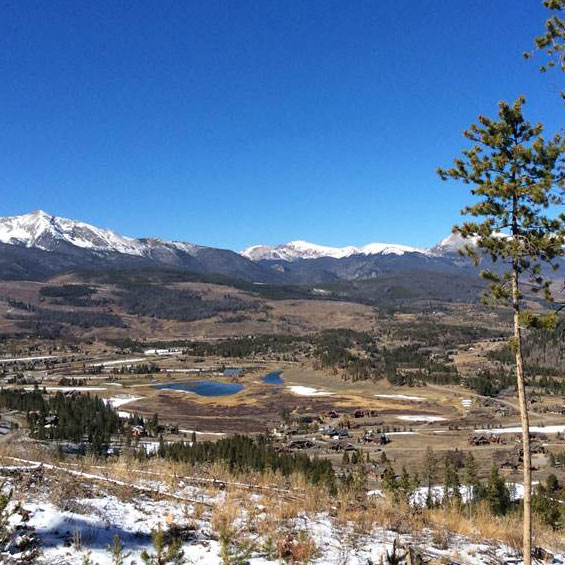
Wildfires pose a growing threat to many communities. As more development occurs near wildfire-prone lands, there is a growing need to reduce risk through improved land use policies and tools. Read more
-
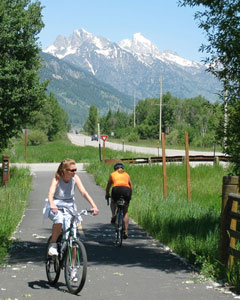
Survey shows that nine out of 10 respondents use the pathways and trails in Teton County, Wyoming. Such surveys help community leaders, stakeholders, and citizens plan for the future of pathways and trails systems. Read more
-
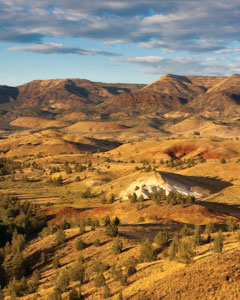
Like many rural counties in the West, Wheeler County faces economic difficulties. It also has untapped resources and opportunities, which suggest the possibility of a brighter economic future. Read more
-
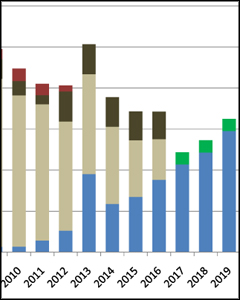
Reform ideas for future county payments from Headwaters Economics as well analysis of proposals made in the House, Senate, and by the President. Read more
-

This updated report analyzes the economic value of public lands in Grand County, Utah and the important role that these lands play for local businesses and the well-being of the region’s economy. Read more
-
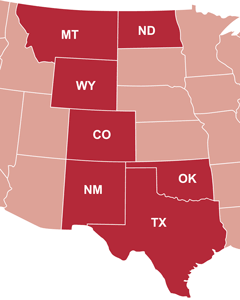
This report includes seven major energy-producing states and a new interactive adds four more (AR, LA, and PA). The study and interactive compare how local governments receive production tax revenue from unconventional oil and natural gas. Read more
-
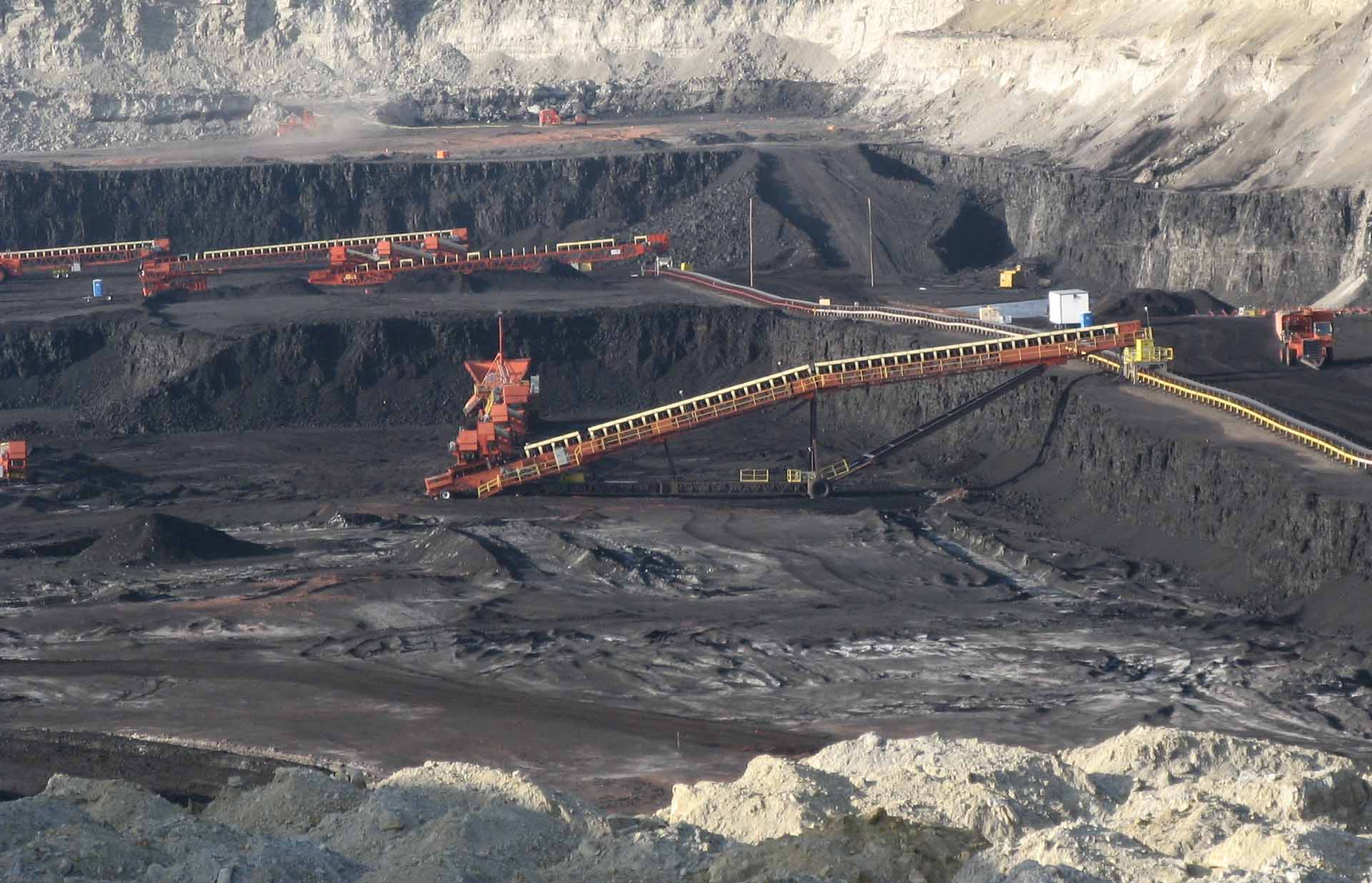
This report reviews problems with the current federal royalty system, estimates current effective royalty rates, and offers several reform options. Read more
-

County migration and population trends in the West constantly change. We summarize counties into four types–high-wage services, farm-dependent, oil and natural gas boom, and retirement destinations–to show the relationship between population and economic structure. Read more
-
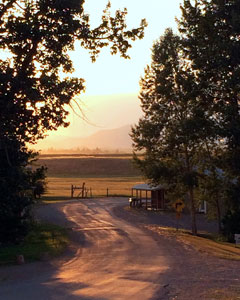
This report provides an overview of the Blackfoot River watershed’s economy and summarizes the findings from six focus groups that explored potential economic opportunities. Read more
-
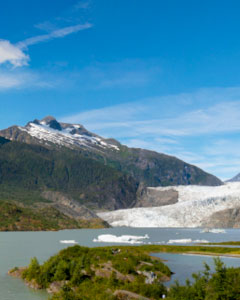
This report examines whether the Tongass Transition Framework, which proposed a “new path forward,” is working to enhance economic opportunities in southeast Alaska while conserving the National Forest. Read more
-
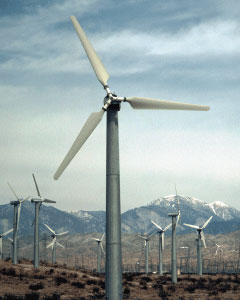
The West is rich in renewable energy opportunities, but research demonstrates that property tax revenues from this development vary widely across 17 rural study counties due to state tax policies. Read more
-
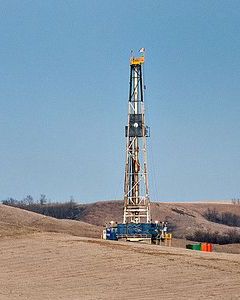
Monitoring can help local governments better understand the socioeconomic impacts caused by energy development, and support requests to industry and state government for assistance to implement appropriate mitigation. Read more
-
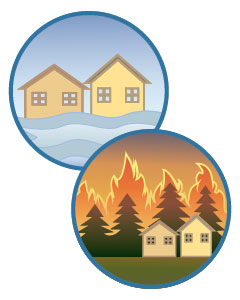
This paper reviews the experience of national floodplain management programs to draw lessons for new approaches to reduce the costs and risks posed by wildfire to properties in the Wildland-Urban Interface. Read more
-

Review the economic and demographic differences between Metro, Connected and Isolated counties. Read more
-
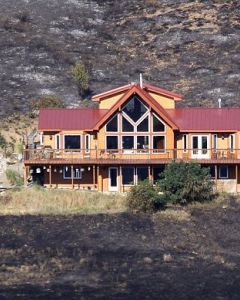
Study finds no evidence of a relationship between wildfire suppression costs and Firewise participation, suggesting policies should focus on other solutions to lower future expenditures, such as preventing development in high risk areas. Read more
-
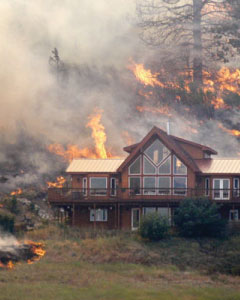
This study reviews how western communities are addressing wildfire risk, how they have responded to recent major fires, and useful lessons and public policy insights for the future. Read more
-
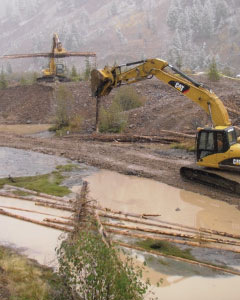
This report provides a way to calculate the economic impacts of natural resource restoration activities to nearby communities that should be helpful to local officials, agency staff, and policy analysts. Read more
-

Non-labor income is one of the largest and fastest growing sources of income in the West; constituting 34 percent of total personal income in 2011 and 60 percent of net growth in real personal income during the last decade. Read more
-
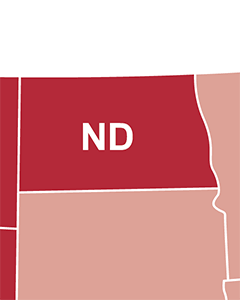
This report compares how North Dakota provides local governments with production tax revenue from unconventional oil extraction compared to other major energy-producing states. Read more
-
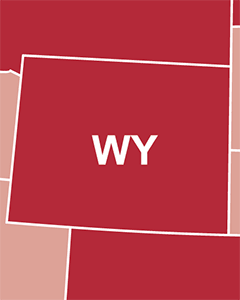
This report compares how Wyoming provides local governments with production tax revenue from unconventional fossil fuel extraction compared to other major energy-producing states. Read more